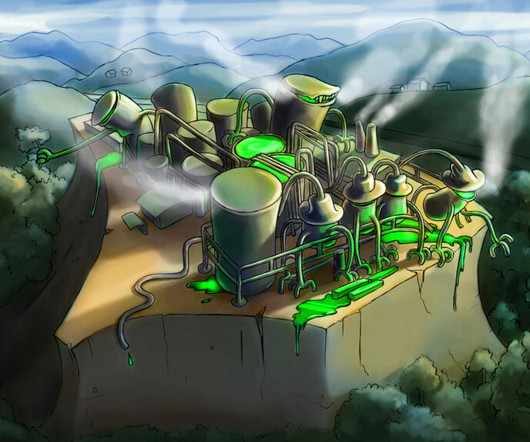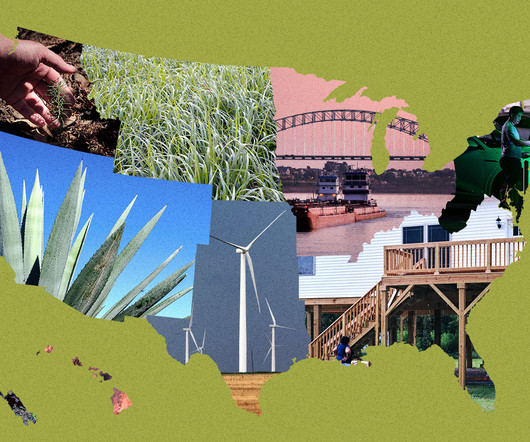As climate change threatens cultural treasures, museums get creative to conserve both energy and artifacts
Grist
MARCH 27, 2024
. “It’s because we have these really strict regulations on keeping temperature and relative humidity at certain levels in the name of preserving the collections,” said Caitlin Southwick, a former art conservator who now runs an organization called Ki Culture that helps museums transition to more sustainable practices.















Let's personalize your content